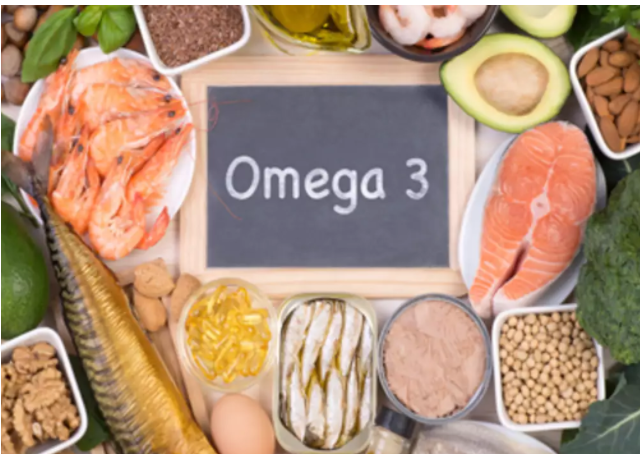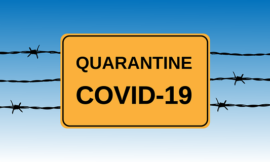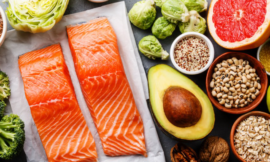Omega-3 fatty acids are a healthful and essential type of fat, which have various benefits for your body and brain. There are three main types of omega-3 fatty acid, which are called ALA, DHA, and EPA.Plant sources, such as nuts and seeds, are rich in ALA, while fish, seaweed, and algae can provide DHA and EPA fatty acids. Eating a variety of omega-3 sources is important.
The best omega -3 enriched foods is fatty fish. People can also meet the recommended omega-3 intake by eating plant-based foods, including omega-3-rich vegetables, nuts, and seeds.
Here is a list of foods that are very high in omega-3.
Mackerel
Mackerel is a fatty fish, Mackerel are incredibly rich in nutrients — a 3.5-ounce (100-gram) serving packs 200% of the Reference Daily Intake (RDI) for vitamin B12 and 100% for selenium. What’s more, these fish are delicious and require little preparation.
Flaxseeds
Flaxseeds contain 6.703 g of ALA per tbsp. Flaxseeds are one of the most healthful seeds that people can eat. They are rich in many nutrients, including:
- fiber
- protein
- magnesium
- manganese
These seeds may reduce blood pressure and improve heart health.
As with chia seeds, people can mix flaxseeds with water to create a vegan egg replacement. It is also easy to incorporate them into the diet by adding them to oatmeal, cereal, or salad.
Soybeans
Soybeans are a good source of fiber and vegetable protein. They are also a good source of other nutrients, including riboflavin, folate, vitamin K, magnesium, and potassium.
However, soybeans are also very high in omega-6 fatty acids. Researchers have hypothesized that eating too much omega-6 may cause inflammation.
Walnuts
Walnuts contain 3.346 g of ALA per cup. These nuts are a great source of healthful fats, including ALA omega-3 fatty acids.
People can enjoy walnuts on their own, in granola, or in a trail mix, snack bar, yogurt, salad, or cooked dish.
Salmon
Salmon is one of the most nutrient-dense foods on the planet. It contains high-quality protein and a variety of nutrients, including large amounts of vitamin D, selenium, and B vitamins.
Studies show that people who regularly eat fatty fish, such as salmon, have a lower risk of diseases like heart disease, dementia, and depression.
Cod liver oil
Cod liver oil is more of a supplement than a food. As the name implies, it is oil extracted from the livers of codfish.
This oil is not only high in omega-3 fatty acids but also loaded with vitamins D and A, with a single tablespoon providing 170% and 453% of the RDIs, respectively.
Therefore, taking just one tablespoon of cod liver oil more than satisfies your need for three incredibly important nutrients.
Chia seeds
Chia seeds are incredibly nutritious — they’re rich in manganese, selenium, magnesium, and a few other nutrients. A standard 1-ounce (28-gram) serving of chia seeds contains 5 grams of protein, including all eight essential amino acids.
Oysters
Shellfish are among the most nutritious foods you can eat. In fact, oysters contain more zinc than any other food on the planet. Just 6 raw eastern oysters (3 ounces or 85 grams) pack 293% of the RDI for zinc, 70% for copper, and 575% for vitamin B12.
Oysters can be eaten as an appetizer, snack, or whole meal.
Seaweed and algae
Seaweed, nori, spirulina, and chlorella are different forms of algae that many people eat for their health benefits. Seaweed and algae are important sources of omega-3 for people on a vegetarian or vegan diet, as they are one of the few plant groups that contain DHA and EPA.
There are many ways to include these foods in the diet. For example:
- Nori is the seaweed that most people use to wrap around sushi.
- Seaweed is a tasty, crispy snack.
- Chlorella and spirulina make a healthful addition to smoothies or oatmeal.
Seaweed is also rich in protein, and it may have antidiabetic, antioxidant, and antihypertensive properties.





